Habari mpya za ECHOcommunity
EDN Número 154 Disponible Ahora 2022-02-01
Temas de Relieve:
- Prolongar la vida poscosecha de la fruta fresca: Cosechar en el momento adecuado
- Ecos de nuestra red: Agroforestería en el huerto casero
- Del Banco de Semillas de ECHO: El chipilín
- Libros, sitios web y otros recursos: publicaciones del CTA, publicaciones de CVM, y Ya está disponible la traducción de la aplicación ECHOcommunity
Prolongar la vida poscosecha de la fruta fresca
Tim Motis y Stacy Swartz
Excerpto:
Aprenda a reconocer los estados de maduración de la fruta que cultiva. Las pruebas de madurez pueden clasificarse como destructivas o no destructivas. Las pruebas destructivas son aquellas que dañan o destruyen la fruta que se está evaluando. Un ejemplo de prueba destructiva es el color de la pulpa, porque uno tiene que cortar la fruta para determinar el color de la pulpa en su interior. Los indicadores visuales como el tamaño de la fruta, la forma y el color de la cáscara son no destructivos. No es necesario que uno destruya un tomate para ver un cambio de verde a rojo. No hay ninguna prueba que funcione bien para todas las especies frutales. Averigüe qué pruebas son las más confiables para determinar la madurez de la fruta del cultivo o cultivos con los que está trabajando. De ellas, seleccione una o dos que pueda implementar en su contexto.
[https://www.echocommunity.org/es/resources/4cde917a-e579-44d8-89d1-11f7c948a604]
Now available in 10 languages: The ECHOcommunity App 2022-02-01
We are excited to announce that the ECHOcommunity app is now available in English, Spanish, French, Swahili, Thai, Haitian Creole, Khmer, Burmese, Vietnamese, Indonesian, and Chinese. Through ECHOcommunity you can discover ideas, research, and training on a wide variety of subject matter pertaining to agriculture and community development. ECHO's resources focus on small-scale agriculture in the tropics and sub-tropics and come from ECHO staff, network members, and development partners around the globe.
Resource Library: The app is designed to allow you to efficiently discover relevant resources and download them on your mobile device. Resources added to your library remain available when there is no internet connection and can be shared with others. A "low-data" mode allows those with metered, or limited bandwidth to browse the ECHOcommunity collection of resources while using the least amount of data possible.
Plant Records: Track your crop's lifecycle events from planting through harvest in the cloud. Plant Records can be used for any type of planting, whether a trial or production planting, whether an annual or perennial. Users who acquire seeds from the ECHO seed banks can track and automatically report the progress of seed trials using this app.
The app allows you to record relevant data such as what and when you plant, weather events, interventions such as mulching, cultivation, pruning, and harvest. Along with each entry, pictures and notes can be stored for future reference. The data is retained in the cloud, so you will be able to look back at the seeds you have tried and how the trials worked for you.
Features
- Access to thousands of print and video resources in dozens of languages
- Offline storage and sharing of downloaded materials
- Ultra-low data usage mode
- The ability to ask questions of the global ECHO community
Research Update: Does wood ash help preserve tomatoes? 2022-01-27
Following the astonishing findings in an article published in November 2016 of a farmer preserving freshly harvested tomatoes in wood ash for up to 5 to 6 months, the research team at ECHO Florida decided to further investigate the potential of this technique to prolong the storage life of fresh tomatoes. We assumed that, in comparison to a control treatment of sifted sand, wood ash would extend the time over which tomatoes can be marketed or processed. To test this hypothesis, a randomized complete block design was used with tomatoes placed in boxes (4 tomatoes per box) filled with wood ash or sand. At the start of the trial, tomatoes were already ripe but unspoiled. Data were collected biweekly for tomato sugar content, visual quality, pH and carbon dioxide production. Differences in the measured parameters, between ash and sand, were not statistically significant. We were only able to preserve our tomatoes for 6 weeks. Differences between our findings and what the farmer was able to achieve could be related to ripening stage or source of wood ash. Future work could be done with tomato fruit at early (mature with slight change in color from green to red) versus more advanced stages of ripeness and with wood ash from various species of trees.
Announcing the ECHO East Africa Virtual Pastoralist Symposium 2022-01-19
29th-30th March 2022
You are cordially invited to join us for the 4th Pastoralist Symposium but this time VIRTUAL / ONLINE. It will provide a network and training opportunity for those involved in improving nutrition and livelihoods in pastoralist areas. It will consist of two afternoons of three plenary sessions and lightning talks (5 minutes focused talks) plus a live 'meet the speaker event' each day. These will feature knowledgeable and experienced speakers. The presentations are actually all pre-recorded except for the 'meet-the-speaker' sessions which are online workshops and discussion groups led by the speakers, facilitated by ECHO's experienced staff from around the world. Participants are encouraged to register online for a $20 registration fee and that we welcome donations from good-willed individuals to help those who cannot pay this fee.
EDN #154 Now Available 2022-01-12
In this issue:
- Extending Postharvest Life of Fresh Fruit: Harvest at the Right Time
- Echoes from our Network: Homegarden Agroforestry
- From ECHO's Seed Bank: Chipilín
- Books, Websites, and Other Resources: CTA publications, CVM publications, and App Translation
Extending Postharvest Life of Fresh Fruit:
Harvest at the Right Time
Tim Motis and Stacy Swartz
Excerpt:
Learn to recognize maturity stages of the fruit you are growing. Maturity tests can be categorized as destructive or nondestructive. Destructive tests are those that damage or destroy the fruit being tested. An example of a destructive test is flesh color, because one must cut into the fruit to determine the color of the flesh inside. Visual indicators like fruit size, shape, and skin color are nondestructive. You do not have to destroy a tomato to see a change from green to red. No single test works well for every fruit-bearing species. For the crop(s) you are working with, find out which tests are most reliable for determining fruit maturity. Of those, select one or two that you can implement in your context.
Best Practice Note 8: Tropical Dryland Agriculture Now Available! 2021-12-16
It is estimated that drylands occupy 40% of the earth’s surface. Drylands are regions where the average annual precipitation is less than 65% of the average annual potential evapotranspiration (an Aridity Index of < 0.65). The FAO Aridity Index is defined as a 30 year average of annual precipitation divided by annual potential evapotranspiration. Thriving and even surviving in dryland climates has always been a challenge. Similarly, yearly rainfall has always been variable with droughts and floods occurring regularly for millennia.
Excerpt:
In the face of uncertain weather each year, one way to reduce the risk of crop failure is to grow a major staple or cash crop along with at least one alternative crop. In general, a farmer would plant approximately 10% of his or her crop area to a crop better adapted to dry years than the main crop. For example, if the main cash crop is maize, then ~10% of crop area would be planted to sorghum. The factors that influence the farmer’s decision are market prices, tolerance of risk, personal preferences, as well as other social, economic, and cultural practices. Another option for diversifying is to plant annual bushes and trees that can better withstand yearly variations in rainfall.
Resource Spotlight: FMNR Introduction Video 2021-11-23
This video from WorldVision Australia demonstrates the value of the Farmer Managed Natural Regeneration (FMNR) system.
"In a balanced ecosystem, people and animals thrive. But when trees are cut down and land is burned, that balance is lost. Deforestation effects include soil erosion and a reduction in biodiversity. Through farmer managed natural regeneration (FMNR), World Vision programs empower farmers to reverse land degradation. The simple act of pruning tree regrowth and managing land sustainably can turn small shrubs and stumps into mature trees, promoting soil restoration and increasing crop yields, firewood and livestock fodder."
ECHO International Agriculture Conference - Last Chance to Register 2021-11-02
Tomorrow, we will be coming together for ECHO's Online International Agriculture Conference! If you have not yet registered for the Online Conference, please do so soon so you can begin to interact with other attendees!
EDN #153 Now Available 2021-10-04
In this issue:
- Moringa Productivity with Legume Intercropping
- Insect Pest Management: Evaluation and Assessment
- Echoes from our Network: Gliricidia-Annual Intercropping System
- From ECHO's Seed Bank: ‘Lacinato’ Kale for Home Gardens
- Books, Websites, and Other Resources: Food Plant Solutions and Downloadable Books
Moringa Productivity with Legume Intercropping
Tim Motis
Excerpt:
People often ask how much leaf powder to expect from their moringa trees. Table 1 shows the sum of our two harvests during each year. During the second year after seeding, with no legumes, the moringa trees produced a total of 76 g/tree of leaf powder, the equivalent of 255 kg/ha. That means that, during a second year after seeding, 1 ha of a moringa planting like ours can produce a year’s worth of leaf powder for 139 people consuming 5 g of powder per day. Witt (2013) provides the nutritional content for 5 g (15 mL or 1 tablespoon by volume) of moringa powder, an amount described as a realistic serving size.
Jaza Kamili: Njia Rahisi ya Kupunguza Uharibifu wa Fukusi katika Mbegu za Mahindi Zilizohifadhiwa katika Kontena Zisizoingiwa na hewa 2021-09-27
Hasara za Baada ya mavuno zinazosababishwa na wadudu katika nafaka zilizohifadhiwa zinawakilisha changamoto kubwa wakulima wadogo wanakabiliwa kusini mwa ulimwengu. Fukusi wa mahindi (Sitophilus zeamais) ni mmoja wa wadudu muhimu zaidi wa Baada ya mavuno katika mahindi. Na mahindi makavu yaliyohifadhiwa katika mifuko ya polypropylene iliyosokotwa, Likhayo et al. (2018) iligunduliwa kuwa wadudu (fukusi wa mahindi na mdudu mwingine wa mahindi anayeitwa mtoboa mdogo wa nafaka [Prostephanus truncatus]) walipunguza uzani wa nafaka kwa 36%. Hasara kama hizo zinatishia usalama wa chakula wa wakulima na uthabiti wa jumla wa kifedha.
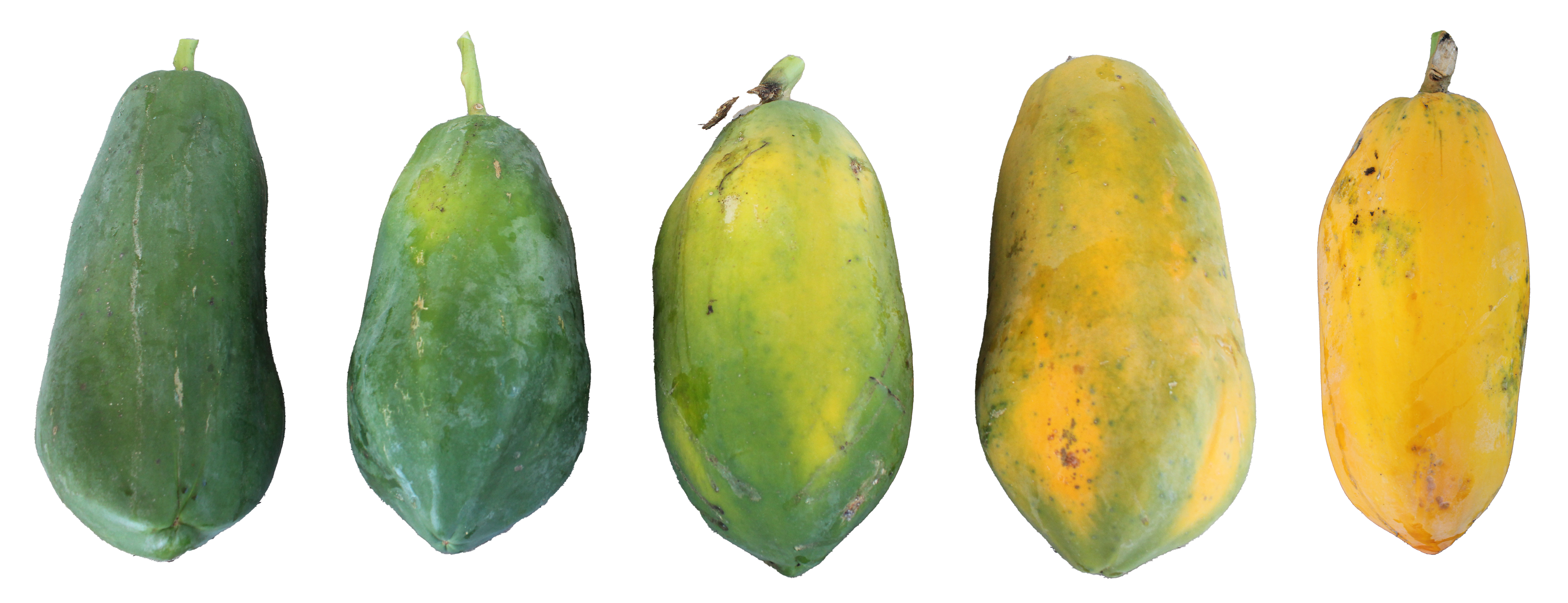

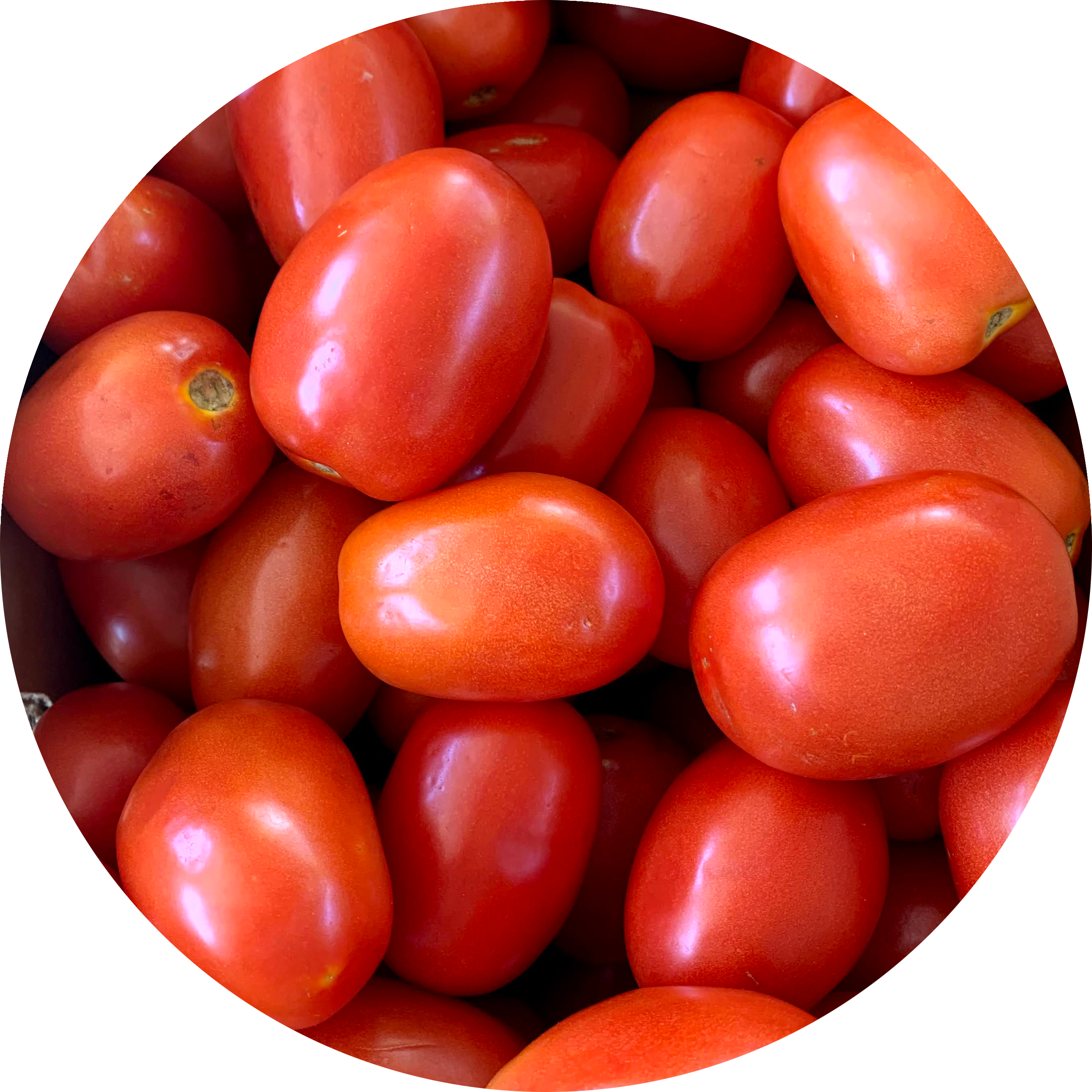
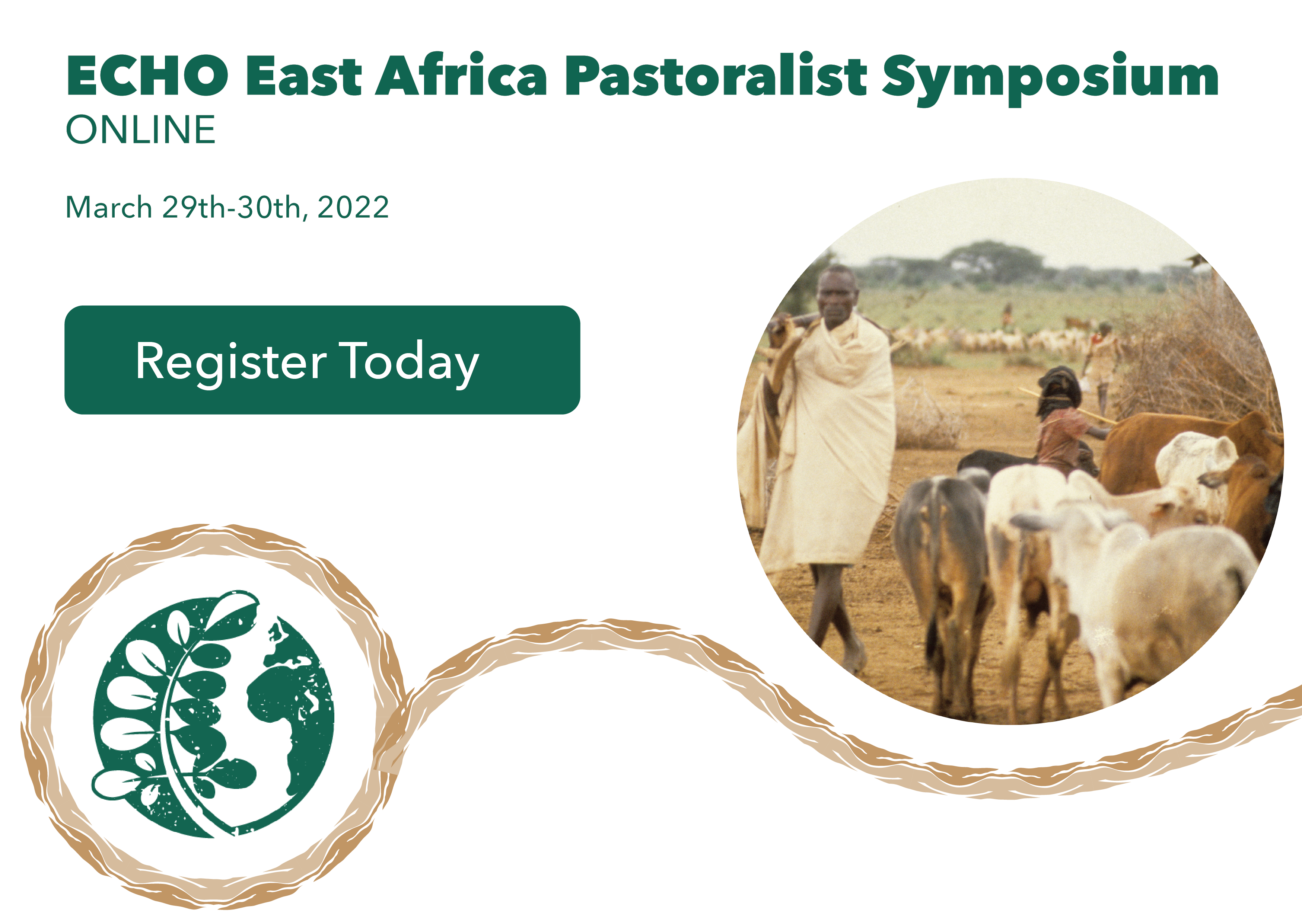
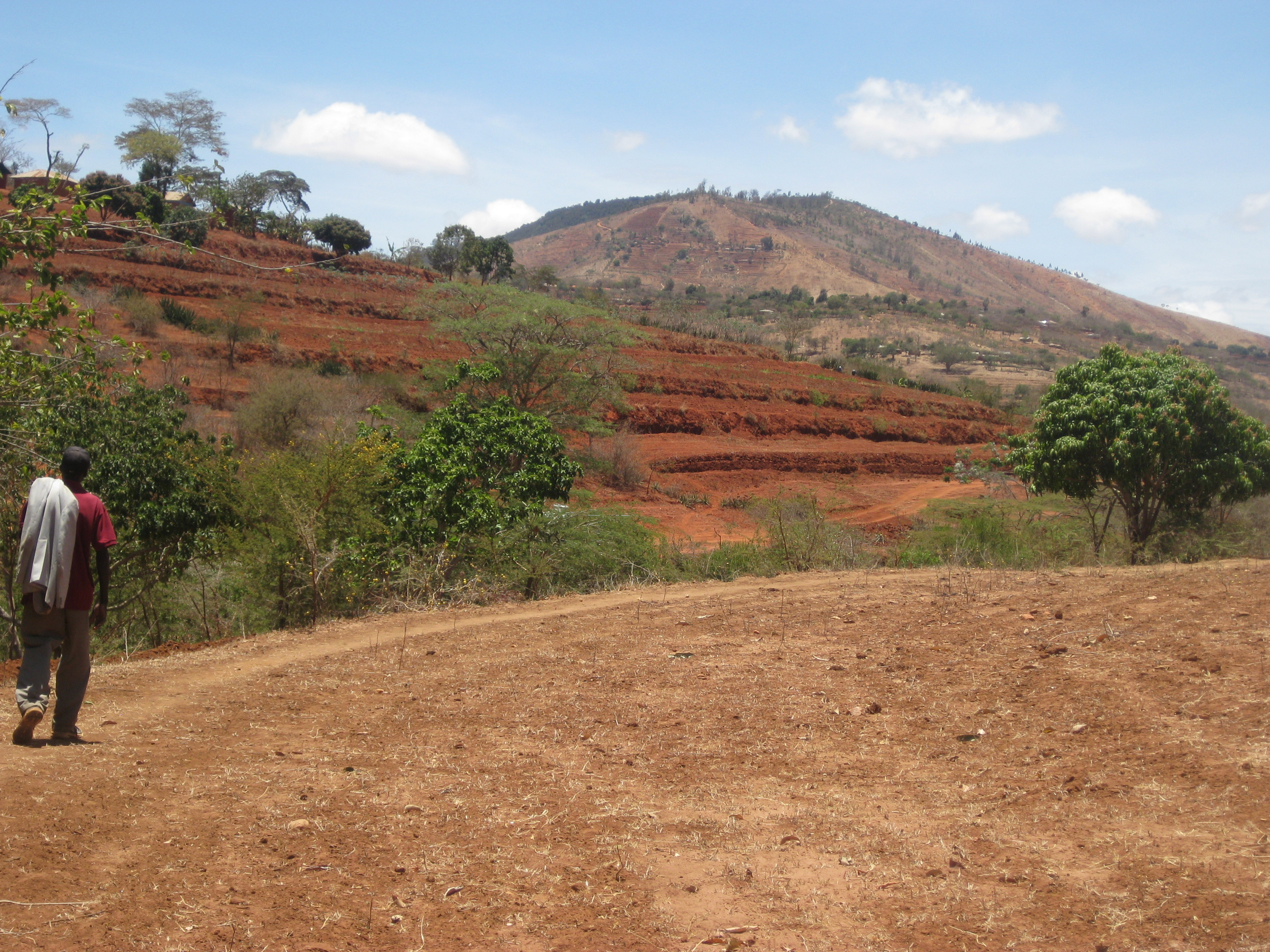
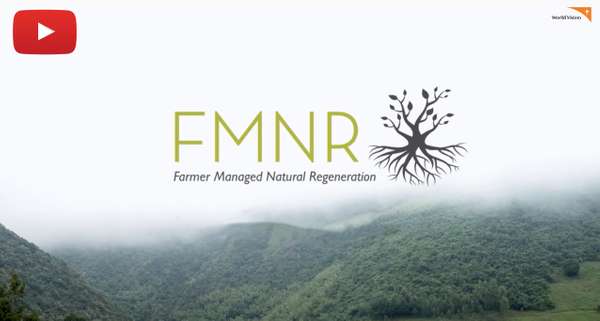
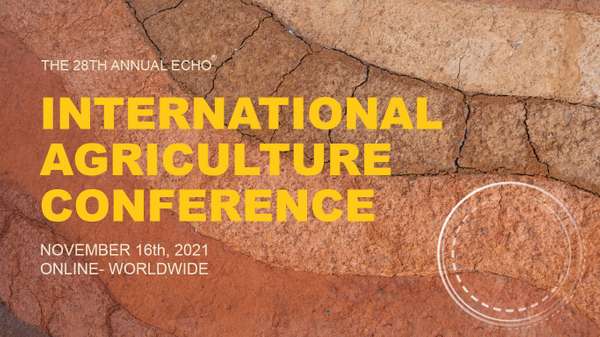
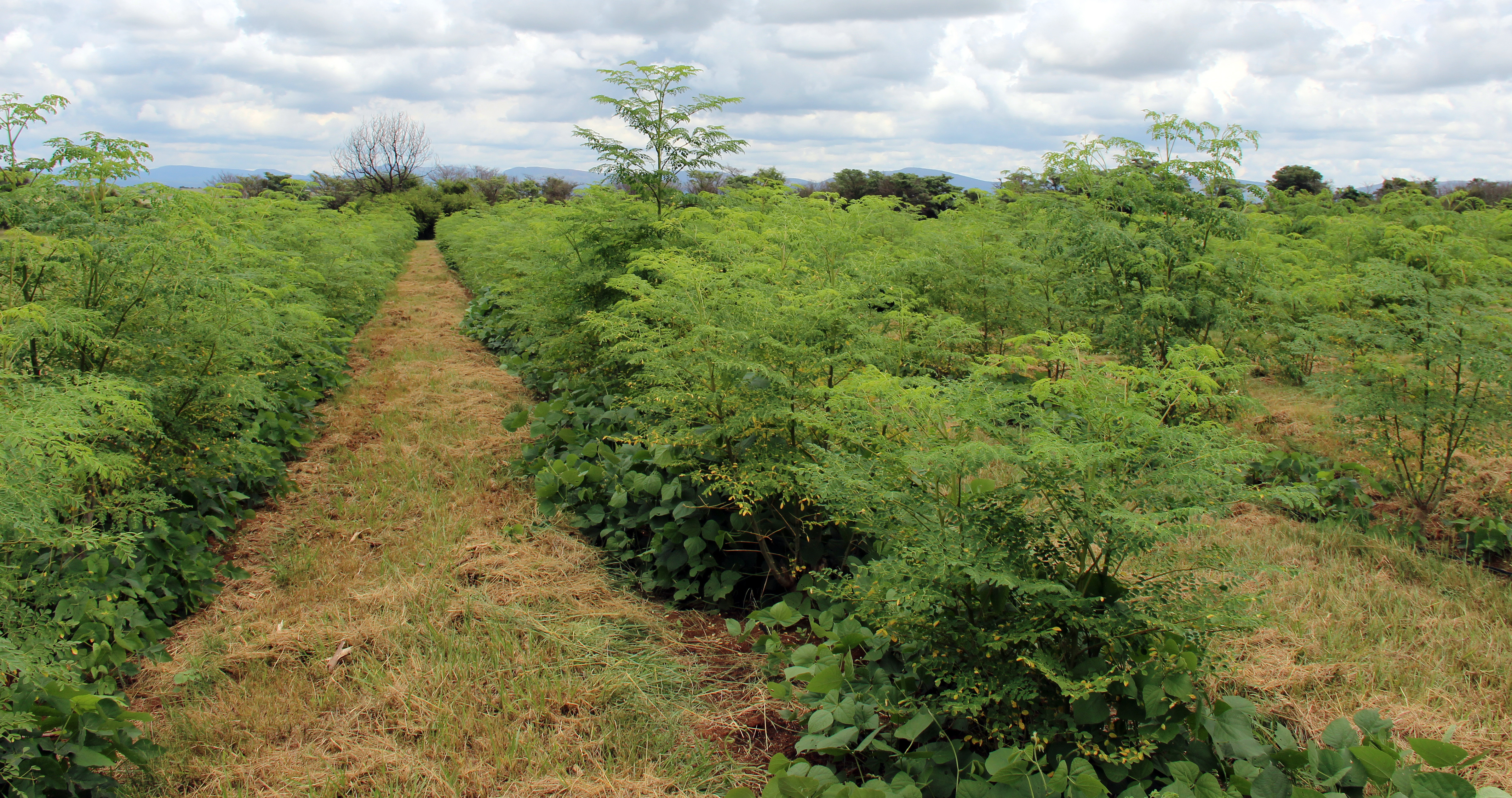
.jpg?original=true)